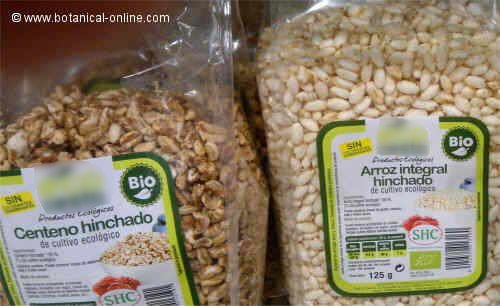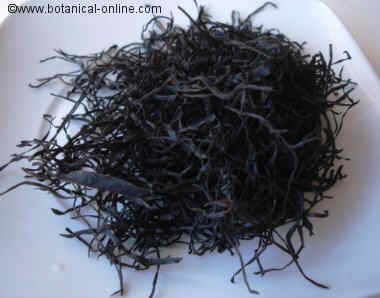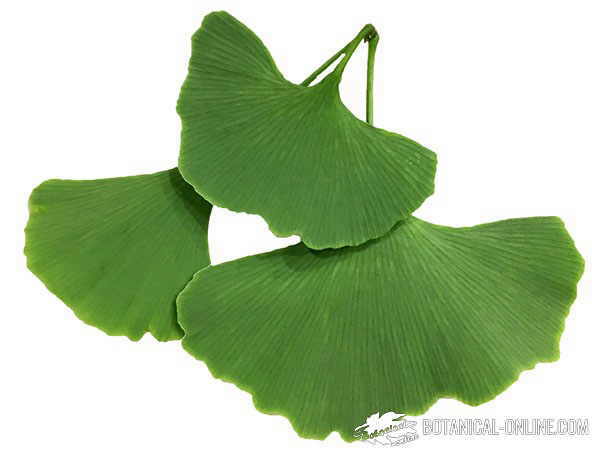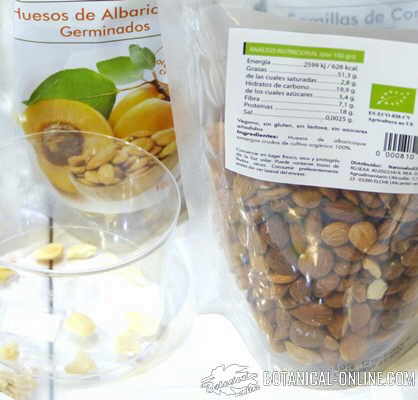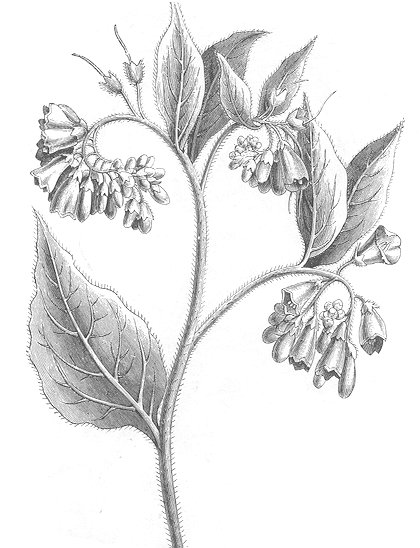Contents
THE BUTTERFLY OF GERANIUMS
Geranium Bronze is a plague that affects these plants during hot season, specially in summer. Due to its aggressiveness, it is necessary to combat it on time to impede it to progress, which will finish destroying our geraniums. Now that we are approaching hotter days we should prevent its appearance by knowing how to combat it.
Who produces this plague?
It is produced by a butterfly of the species Cacyreus Marshalli. It is brown with stains in the base of the wings. It comes for South Africa and it was introduced in the south of Europe starting from the year 1987 via the island of Majorica. If we pay attention well we will be able to see it just as it flies over our plants. We will frequently not be able to see it and we’ll only distinguish its caterpillar that lays the eggs about 7 days after coming out of the eggs. We will know it for its greenish color, for its bands of rosy specks, although we will have to make a careful search because it easily mimics with the same colors of the leaves.
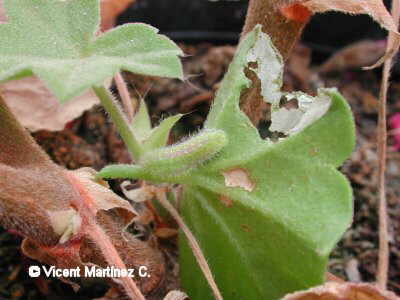
How does it affect to geraniums?
The caterpillar begins eating up the floral buds, then goes down through the interior of the stems and, just as you can see in the left picture, it drills it which break the tissues rotting them. After going out to the air, it eats the leaves, just as it is depicted in the picture above. It can be proven these animals have colonized the stem by the appearance of some round and blackened holes they use to go out and in. If we cut a stem (left Image, detail) we will see that its interior is invaded by the excrements of this caterpillar. Everything indicates us that there is not possible circulation of liquids inside the stem that will end up being rotten completely.
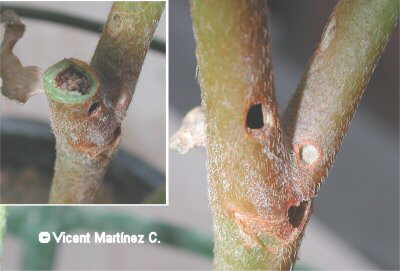
Why is it produced?
This butterfly especially attacks during very hot days and when the conditions of the soil are favorable. This takes place when the geraniums have suffered an excessive watering, or when the soil doesn’t have the appropriate drainage and it has been drenched and, mainly if the whole plant has been wet. We should water geraniums when they are in bloom, twice a week in summer. The rest of the year they don’t need too much water, so as to leave the soil become dry between watering and watering. We should water the soil directly, without wetting the plant in order not to favor this plague to develop. A good solution is to use a watering-can with a long nozzle not to wet the leaves, the stem and mainly the flowers.
How to avoid it?
Apart from an appropriate watering, just as we have seen, we will be assured the geraniums we buy are not affected. A good way to realize it is to see that the leaves are in perfect state, very fresh and abundant. Few leaves or with little bloom can indicate the presence of the plague. Equally we will watch out the stems not to present any black stain.
When producing new samples, we will keep in mind not to use infected cuttings.
How to solve the problem?
If our geraniums are infected, the first thing to do is to cut the affected stems to impede the plague to progress. One can know it by pressing the stems and noticing that they are empty. Then we will use some specific insecticide, just one of the many we can find in the market, to make a treatment every two weeks.
More information about this plant.
![]() More information about plant cultivation.
More information about plant cultivation.

